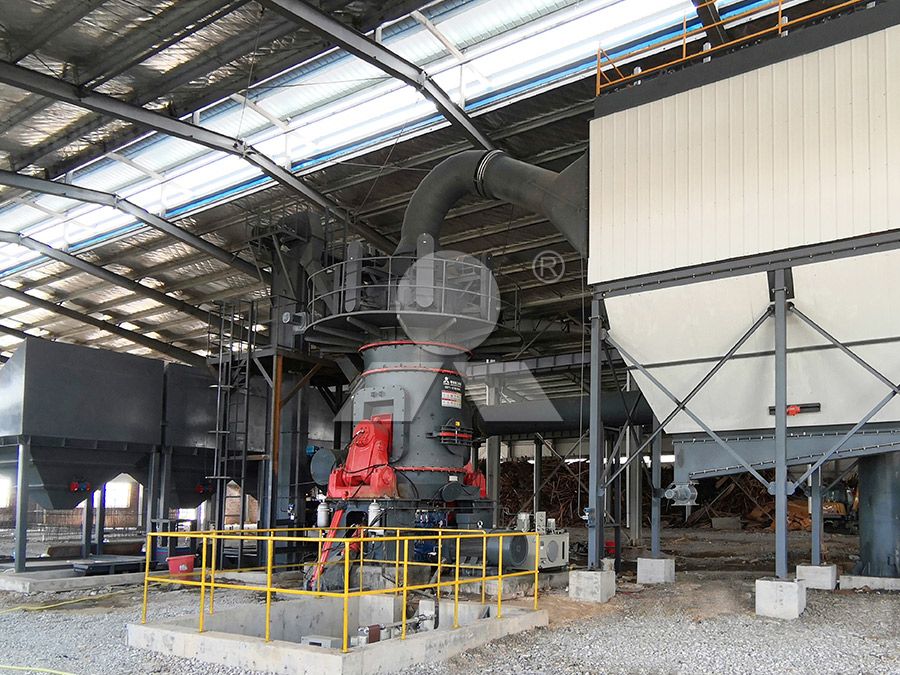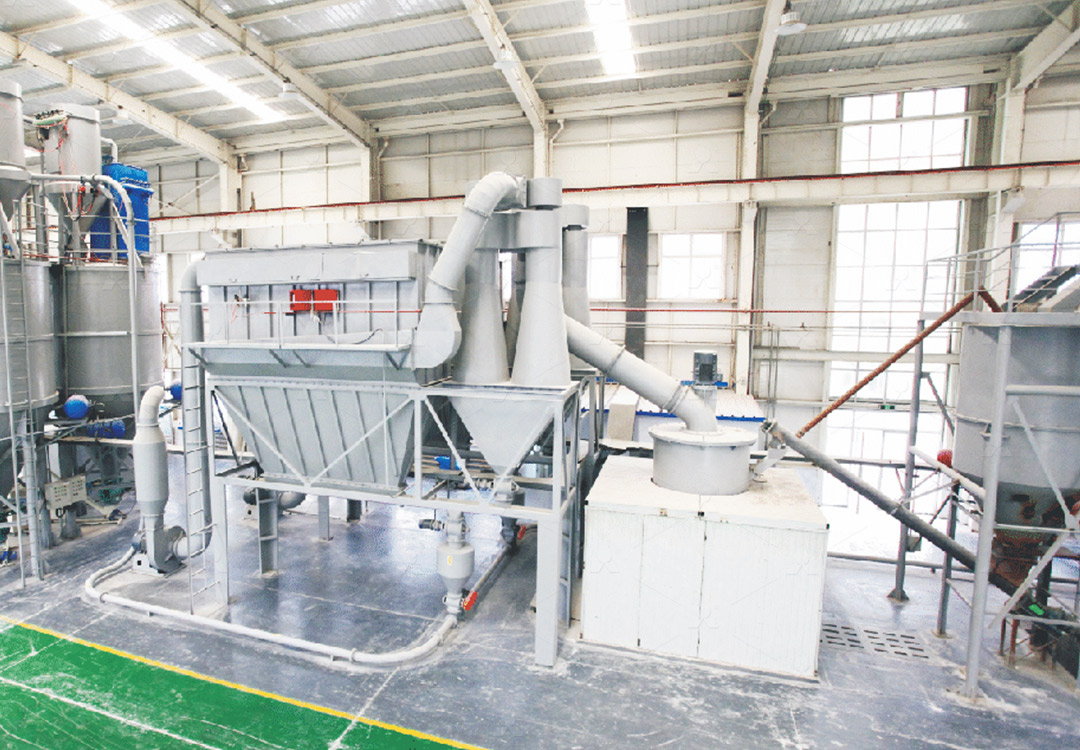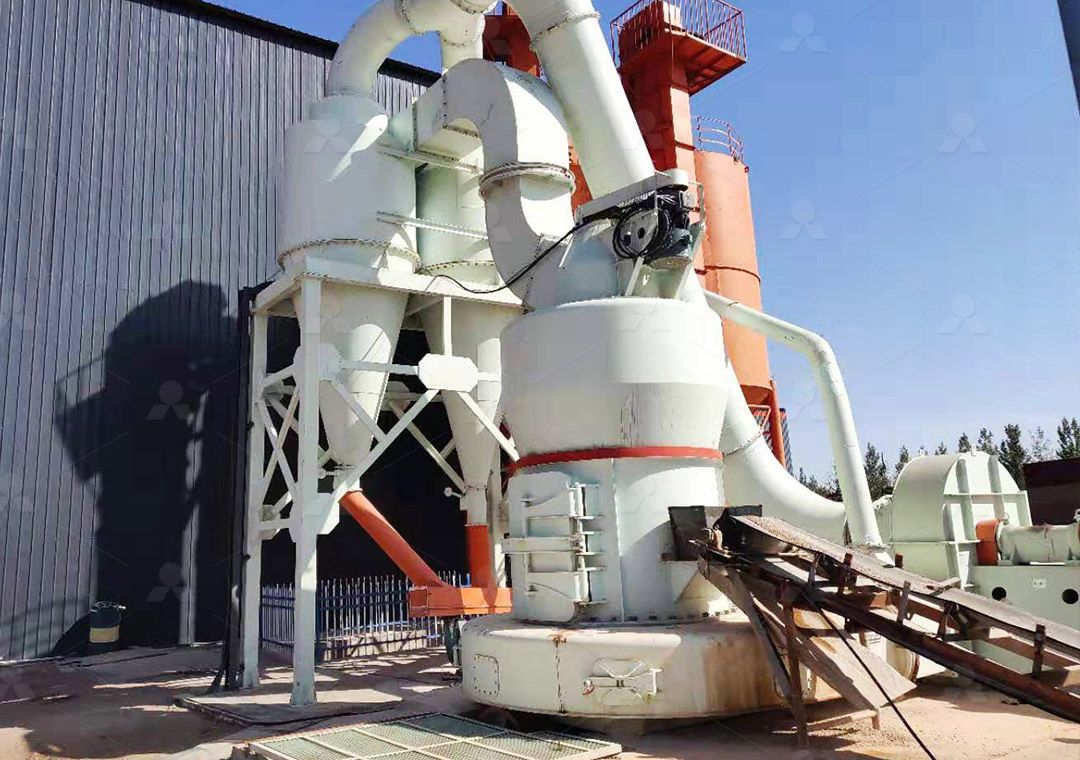Block Rock Vertical Mill for Efficient Grinding Applications
Block Rock Vertical Mill for Efficient Grinding Applications
In today’s demanding industrial landscape, achieving optimal grinding efficiency while maintaining environmental compliance represents a significant challenge for processing operations worldwide. The evolution of vertical mill technology has revolutionized how industries approach size reduction, offering substantial advantages over traditional horizontal milling systems.

Vertical grinding mills have emerged as the preferred solution for numerous applications due to their compact footprint, reduced energy consumption, and superior grinding efficiency. Unlike conventional ball mills that rely on impact and attrition between tumbling media, vertical mills utilize a bed compression principle that directly translates to lower specific energy consumption per ton of processed material.
The Engineering Behind Modern Vertical Mills
Contemporary vertical mill designs incorporate several critical innovations that maximize performance while minimizing operational costs. The integration of drying, grinding, classification, and conveying within a single unit creates a streamlined process flow that reduces both capital and operating expenses. Advanced grinding curves for rollers and tables, coupled with precision-engineered separation systems, ensure consistent product quality across various material types.
One standout example of this technological advancement is our MW Ultrafine Grinding Mill, specifically engineered for operations requiring ultra-fine powder production. With an input size capability of 0-20 mm and capacity ranging from 0.5-25 tph, this machine represents the cutting edge of grinding technology. Its innovative design eliminates rolling bearings and screws within the grinding chamber, addressing common failure points that plague conventional mills. The external lubrication system enables continuous 24-hour operation without shutdowns for maintenance.

Application-Specific Solutions
The versatility of modern vertical mills makes them suitable for diverse material processing requirements. From limestone and calcite to petroleum coal and barite, these systems deliver consistent performance across multiple industries including chemicals, paints, cosmetics, pharmaceuticals, and food additives.
For operations requiring even greater precision, our LUM Ultrafine Vertical Grinding Mill incorporates the latest grinding roller technology from Taiwan and German powder separating technology. With an input size of 0-10 mm and capacity of 5-18 tph, this mill features unique roller shell and lining plate grinding curves that facilitate material layer formation and high finished product rates through single-pass milling. The reversible structure design simplifies maintenance procedures, significantly reducing downtime during wear part replacement.
Environmental and Operational Benefits
Beyond pure processing efficiency, modern vertical mills address critical environmental concerns. Integrated pulse dust collectors and mufflers effectively contain particulate matter and reduce noise emissions, ensuring compliance with stringent environmental standards. The MW Ultrafine Grinding Mill’s cage-type powder selector, incorporating German technology, allows precise fineness adjustment between 325-2500 meshes while achieving screening rates of d97≤5μm in a single pass.

Energy efficiency remains a cornerstone of vertical mill design. Compared to jet mills and stirred mills, the MW Ultrafine Grinding Mill demonstrates 40% higher production capacity at equivalent fineness and power levels, while system energy consumption is reduced to just 30% of jet mill requirements. This dramatic efficiency improvement directly translates to lower operating costs and reduced environmental impact.
Frequently Asked Questions
What maintenance advantages do vertical mills offer over traditional grinding systems?
Vertical mills significantly reduce maintenance requirements through designs that eliminate common failure points. The absence of rolling bearings and screws in the grinding chamber of the MW Ultrafine Grinding Mill, combined with external lubrication systems, enables continuous operation without frequent shutdowns for bearing replacement or screw tightening.
How do vertical mills achieve their superior energy efficiency?
These mills utilize a bed compression grinding principle rather than the impact-based approach of traditional ball mills. This method, combined with advanced separation technology and optimized airflow patterns, reduces specific energy consumption by 30-50% compared to conventional systems.
Can vertical mills handle varying material hardness and moisture content?
Yes, modern vertical mills are engineered to process materials with different characteristics. Hydraulic adjustment systems allow operators to modify grinding pressure to accommodate material hardness variations, while integrated drying capabilities handle moisture content up to specified limits.
What particle size distribution can be achieved with ultrafine vertical mills?
Advanced models like the MW Ultrafine Grinding Mill can produce powders with fineness ranging from 325 to 2500 meshes, with the capability to achieve d97≤5μm in a single pass through sophisticated cage-type powder selectors.
How do vertical mills address environmental compliance requirements?
These systems incorporate multiple environmental protection features including efficient pulse dust collectors that eliminate dust pollution, silencers and noise elimination rooms that reduce operational noise, and fully sealed systems that operate under negative pressure to prevent material escape.
